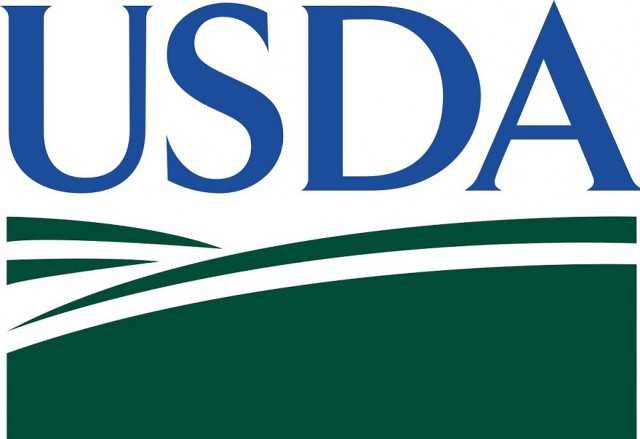MILAN – Brazil ‘s crop is expected to reach nearly 70 million bags, matching the bumper crop of four years ago, said the US Department of Agriculture’s Global Information Network in a new report released yesterday, Tuesday 3 June. Post expects production to increase for the third year in a row in CY 2024/25 (July-June), to reach 69.9 million bags, a 5.4% increase over the previous year, and in line with 2020/21 crop.
Arabica production will increase by 7.3% to 48.2 million. A more modest growth (+1.4%) is forecast for the Robusta crop, which will rise to 21.7 million – more than one million less than the record crop of two years ago.
As always, USDA‘s estimates are well below those of the official forecast released by Conab, which expects production to reach 58.8 million, as well as those from Ibge (the Brazilian Institute of Geography and Statistics, depending from the Ministry of Economy), which anticipate a crop of 60.2 million.
Lower-than-usual rainfall and severe heat from October to December in key coffee-growing regions of Brazil have reduced the development of flowers and fruits, leading to a reduction in the initial yields and production forecasts. However, the situation has since improved, particularly in Minas Gerais and Espírito Santo, the two main producing states, raising hopes of a bumper harvest, albeit below the initial expectations.
Harvesting began in April and will be in full swing from July. Initial reports from the field indicate low yields and small beans, primarily due to the rains that affected crop development at the end of 2023.
However, this result is typically anticipated with earlier harvested trees, and an increase in yield and in the quality of the fruits should improve as harvesting progresses.
The likely arrival of the La Niña towards the end of the second quarter is causing concern among producers, with warnings about possible climate risks that could greatly impact coffee harvests.
In Brazil, the La Niña is expected to bring lower temperatures and the risk of frost, increasing concerns for coffee growers, especially in the Southeast of the country. In recent years, La Niña has been active during key phases of crop development, resulting in significant yield reductions.
In Minas Gerais, the harvest will be 35.7 million against 33.1 million last year. Improved weather conditions and better rainfall from December 2023 onwards allowed for the re-establishment of generally good vegetative and phytosanitary conditions. This recovery, aligned with an expected increase in area production, should lead to bigger production in Brasil’s largest Arabica coffee-producing state.
Top Robusta producing state of Espírito Santo also experienced drought and high temperatures between October and December, which reduced the production potential of the new crop. Production is expected to reach 18.4 million, up from 18 million last year. The Robusta crop will grow marginally from 15 to 15.2 million. Arabica output will recover slightly to 3.2 million, due to the on-year cycle.
Lower Arabica production, compared to a few years ago, is a result of a recent replacement in Arabica coffee areas at lower altitudes, which are being replaced with conilon coffee crops.
Production in São Paulo will grow for the third year in a row, reaching 6 million bags (all of Arabica), close to the state’s historic highs.
In Paraná, production will remain stable at around 900 thousand bags. The report does not provide disaggregated figures for the other states (notably Bahia and Rondônia), whose total production is estimated at 8.9 million, compared with 8.7 million last year, of which 6.5 (6.4) will be Robusta and 2.4 (2.3) Arabica.
Exports of all forms of coffee from Brazil for 2023/24 are now estimated at 45.55 million, up by more than a quarter (+26%) from 2022/23. A further increase to 46.651 million is forecast for 2024/25.


















